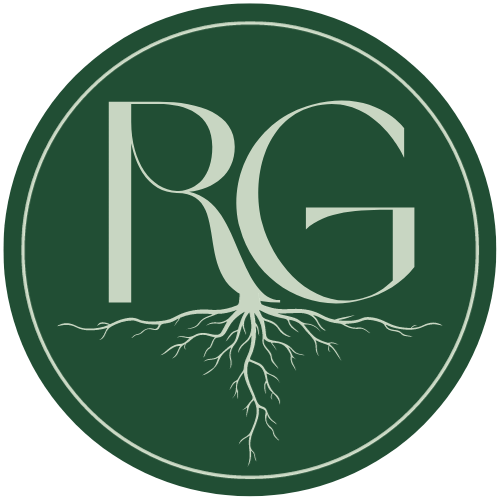How to Trace Immigrant Ancestors to Canada in the Early 20th Century
The early 20th century was a transformative period for immigration to Canada, truly shaping the young country. Between 1900 and 1930, Canada welcomed millions of newcomers, driven by government settlement programs, economic opportunities, and global conflicts. If your ancestors arrived during this time, you can use a variety of records—including passenger lists, naturalization documents, and census records—to trace their journey.
This guide will walk you through:
Early 20th century Canadian immigration waves
Key immigration records (1900–1930) and where to find them online
Research challenges and how to overcome them
1. Major Immigration Waves (1900–1930)
1900–1914: The Immigration Boom
Canada experienced its highest-ever immigration rates (until the 2020s,) peaking in 1913 with over 400,000 arrivals
The federal government aggressively recruited settlers for Western Canada, offering free or cheap land
Major immigrant groups included British, Eastern Europeans (Ukrainians, Poles, Russians), Germans, and Scandinavians
Asian immigration was heavily restricted due to head taxes and exclusion policies
1914–1918: World War I & Restricted Immigration
Immigration slowed significantly due to war, with restrictions placed on so-called enemy aliens (Germans, Austrians, and others)
Internment camps were established, and some immigrants were required to register with the government
Many immigrant men enlisted in the military, sometimes earning fast-tracked citizenship after the war
1919–1930: Postwar Immigration & Economic Uncertainty
Immigration surged again after the war, particularly from Britain and the U.S.
Form 30A replaced passenger lists (1919–1924) for individual arrivals, collecting more information about newcomers
By the late 1920s, the Great Depression began to slow immigration, and stricter policies were put in place
2. Key Immigration Records & Where to Find Them
Passenger Lists (1865–1922)
Available details: Name, age, occupation, final destination
Ports of entry: Halifax, Quebec City, Saint John, Vancouver
Where to Find Them:
Ancestry & FamilySearch (some free collections)
Ocean Arrivals, Form 30A (1919–1924)
Replaced traditional passenger lists for individual arrivals
More detailed than earlier records, recording a physical description and names of relatives
Where to Find Them:
U.S.-Canada Border Crossing Records (1895–1956)
Many immigrants entered Canada through the U.S., rather than directly from Europe
Where to Find Them:
Naturalization & Citizenship Records
Immigrants who became Canadian citizens filed for naturalization records, which can provide birthplace, immigration date, and family details
Where to Find Them:
Provincial Archives (varies by province)
3. Common Research Challenges & How to Overcome Them
Missing or Incomplete Records
Why does this happen? Not all arrivals were documented, especially land crossings
Search alternative sources like census records, newspapers, and land records
Name Variations & Spelling Errors
Why? Many names were misspelled, anglicized, or changed upon arrival
Try using wildcards when searching (e.g., "Joh*son" for Johnson, Johannson)
Handwriting & OCR Errors
Bad handwriting on records? Early passenger lists were handwritten, and digital OCR scanning to searchable databases can introduce errors
Try manual browsing by location and date if a search doesn’t return expected results (it’s tedious but can be a brick wall breaker!)
Need Help? Book a Consultation
Researching early 20th-century immigration can be challenging, but you don’t have to do it alone. Book a consultation with me today, and let’s uncover your family’s journey to Canada together!
